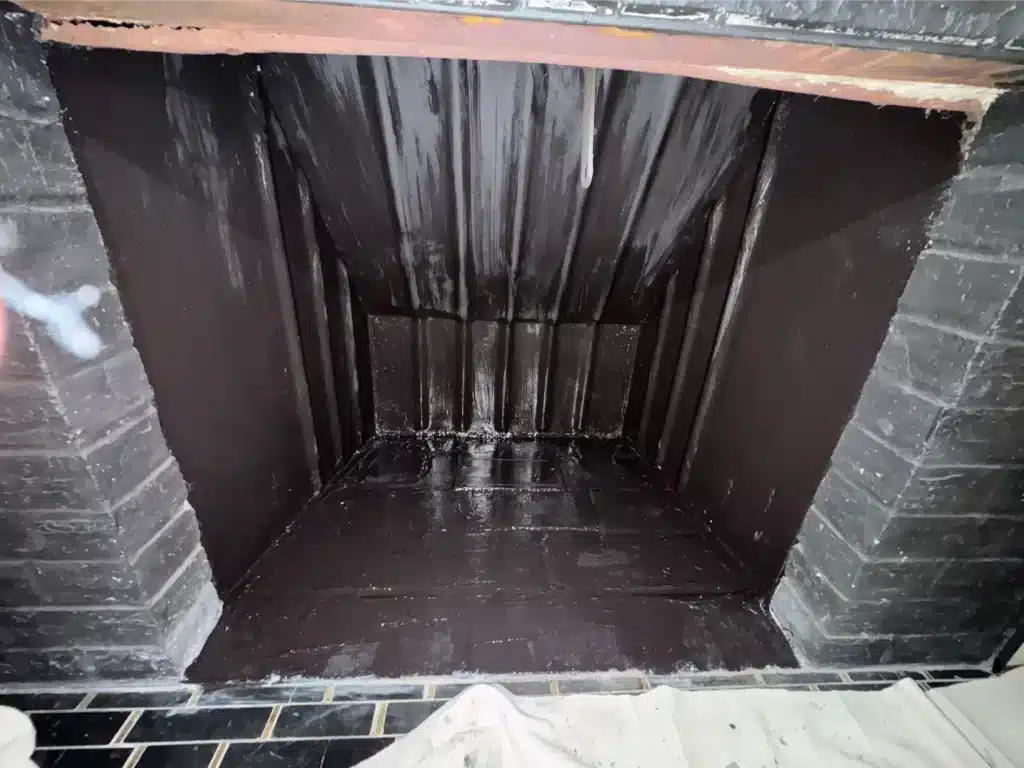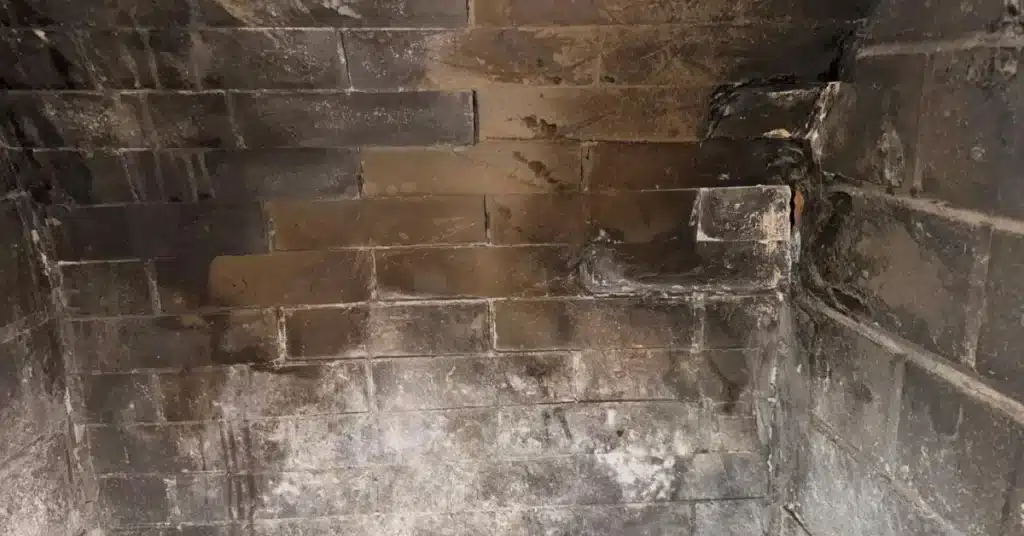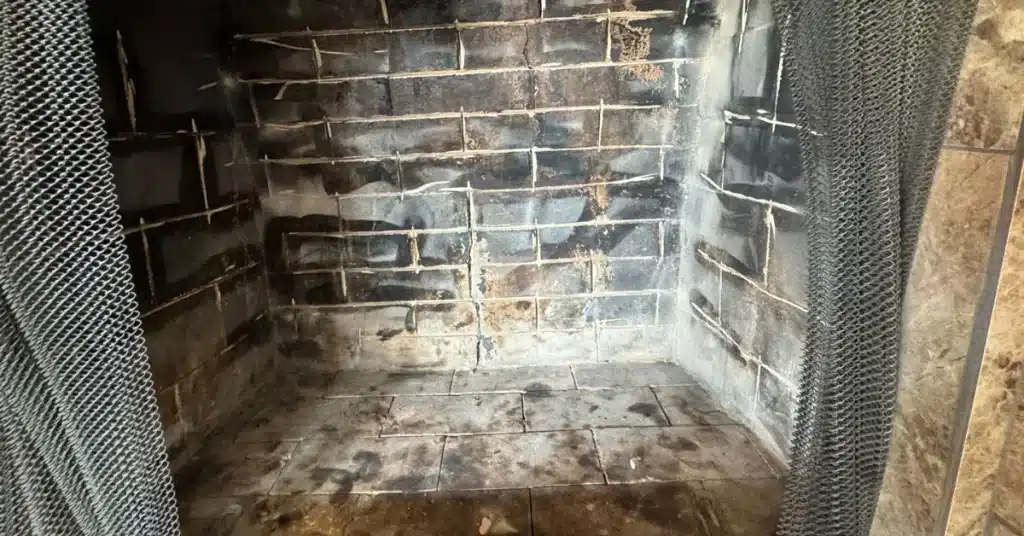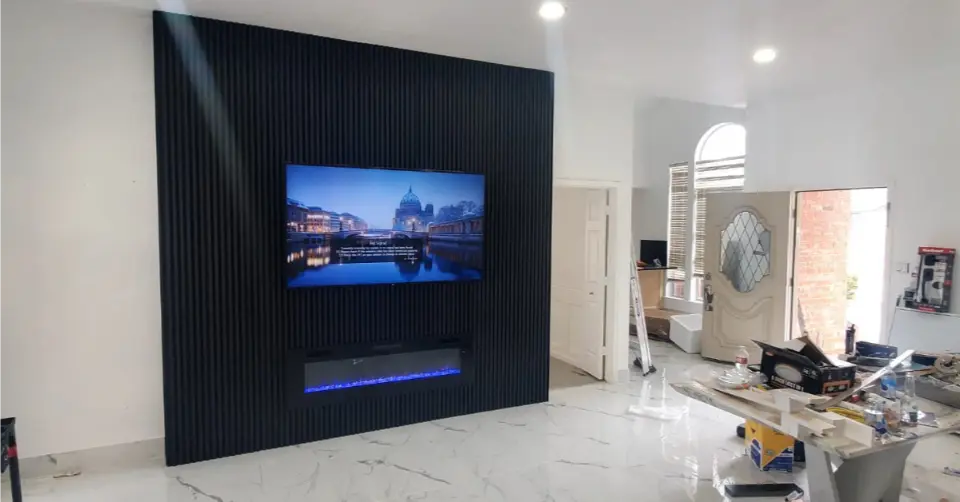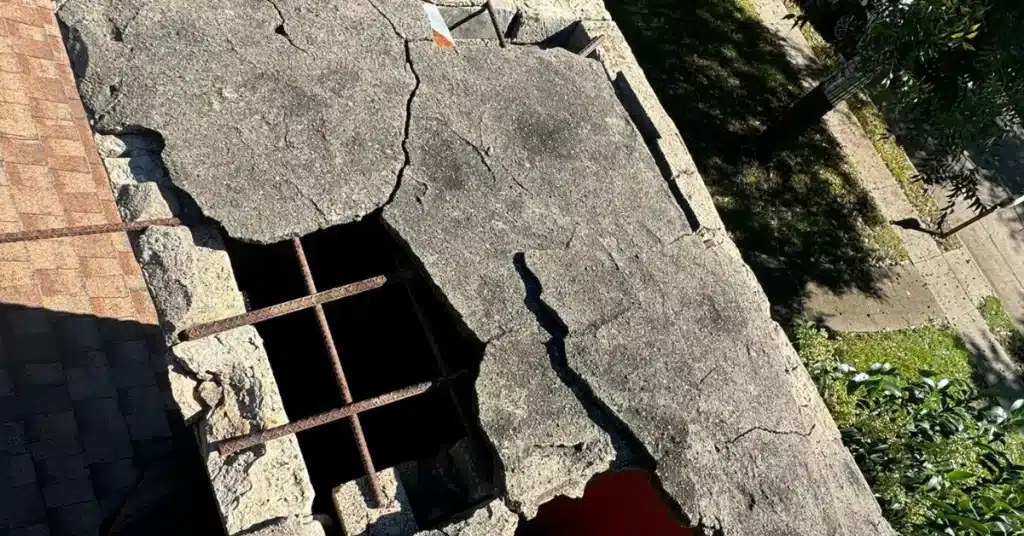Ever wondered how to transform your cold, lifeless fireplace into a cozy, warm haven? Gas fireplace logs are the secret weapon for homeowners looking to breathe new life into their living spaces! Whether you’re battling chilly winter nights or simply want to create a stunning focal point in your home, these incredible heating solutions have been changing the game for modern homeowners.
Forget complicated wood-burning setups and messy cleanup – gas fireplace logs offer a clean, efficient, and incredibly stylish way to warm up your space. We’re about to dive deep into everything you need to know about these magical heating marvels that can turn any room from drab to absolutely fab in no time!
What Are Gas Fireplace Logs and How Do They Work?
Gas fireplace logs are more than just decorative pieces – they’re a sophisticated heating solution that brings both warmth and style to your home. These innovative systems use either natural gas or propane to create a realistic flame effect that mimics traditional wood-burning fireplaces.
The magic happens through a carefully designed burner system that distributes flames around ceramic or concrete logs, creating a mesmerizing and natural-looking fire.
The technology behind these logs is pretty impressive. Each log set is carefully crafted to look just like real wood, with intricate details that capture the essence of a traditional fireplace. Some high-end models even include glowing embers and realistic bark textures that make them almost indistinguishable from real wooden logs.
The burner system ensures an even heat distribution, providing consistent warmth while maintaining a beautiful, dancing flame that’ll make your living room feel like a cozy retreat.
Choosing the Right Burner for Your Gas Fireplace Logs
Selecting the perfect burner is crucial for maximizing both performance and aesthetics. You’ll want to consider several key factors, including:
- The size of your fireplace
- Your home's heating requirements
- The desired flame pattern
- Your specific aesthetic preferences
Different burner designs offer unique flame characteristics. Some provide a more traditional, soft flame, while others create a more dramatic, high-intensity burn. Professional installation is recommended to ensure proper fit and optimal performance.
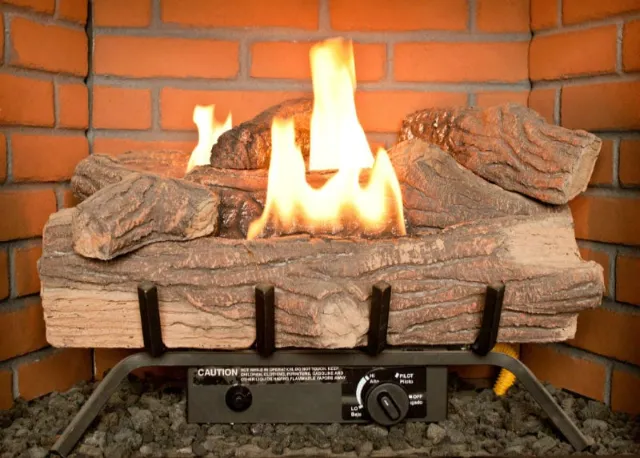

Benefits of Installing Vented Gas Logs in Your Existing Fireplace
Talk about a game-changer! Vented gas logs bring multiple benefits to homeowners looking to upgrade their heating game. First and foremost, they’re incredibly efficient. Unlike traditional wood-burning fireplaces that lose most of their heat up the chimney, these systems provide more consistent and controlled warmth. You’ll enjoy a cleaner burning process with minimal mess and virtually no maintenance.
Safety is another massive advantage. Gas fireplace logs eliminate the risks associated with wood fires – no more worrying about sparks, ash, or dangerous creosote buildup.
Final Thoughts On Vented Gas Log Sets
We’ve journeyed through the world of gas fireplace logs, uncovering their magic, efficiency, and incredible potential to transform your living space.
From understanding how they work to selecting the perfect set, you’re now equipped with the knowledge to make an informed decision.
Remember, the right gas fireplace logs can do more than just heat your home – they can create a stunning centerpiece that brings comfort, style, and warmth to your living space.
Ready to turn up the heat and transform your fireplace? Your cozy, inviting sanctuary awaits!
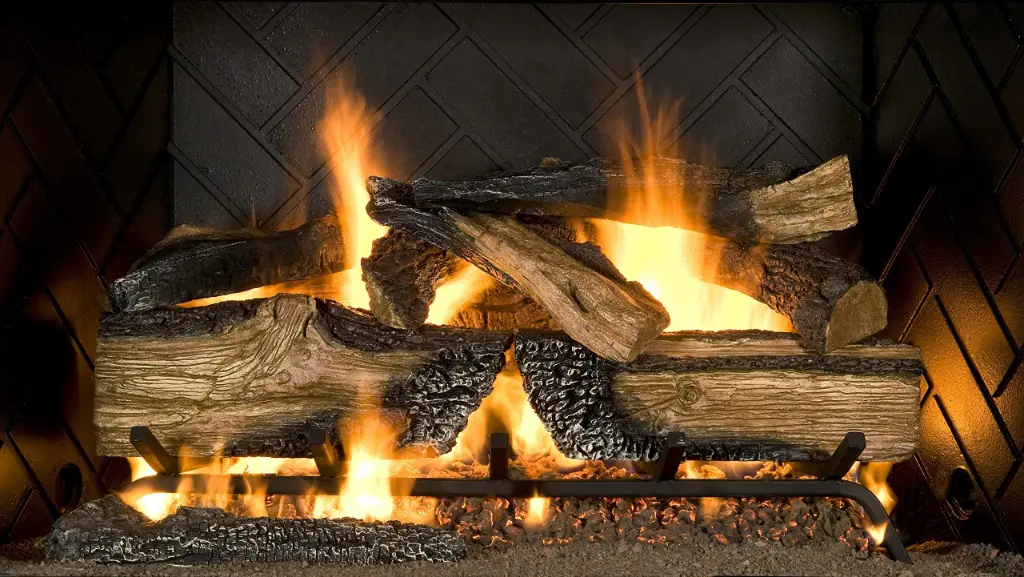
Selecting the Perfect Gas Log Set: Propane vs. Natural Gas
Choosing between propane and natural gas can feel like navigating a maze, but we’ve got you covered!
Natural gas is typically more cost-effective for homes already connected to a gas line, offering continuous fuel without tank replacements.
Propane, on the other hand, provides flexibility for homes in rural areas or without direct gas connections.
Each fuel type has its pros and cons. Natural gas tends to be cheaper and more convenient, while propane offers portability and is great for remote locations.
Consider your home’s existing infrastructure, local fuel prices, and heating requirements when making your decision.

